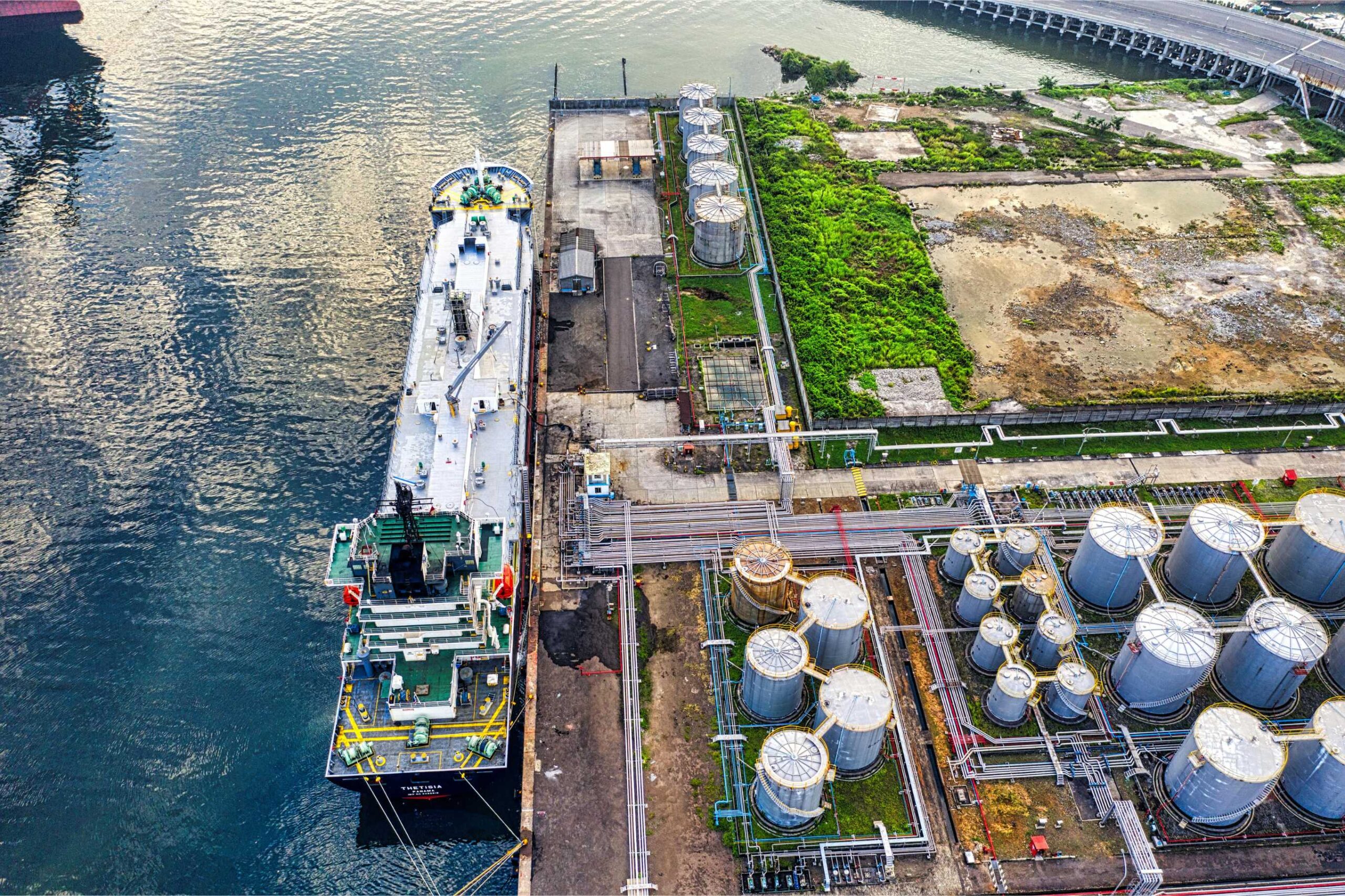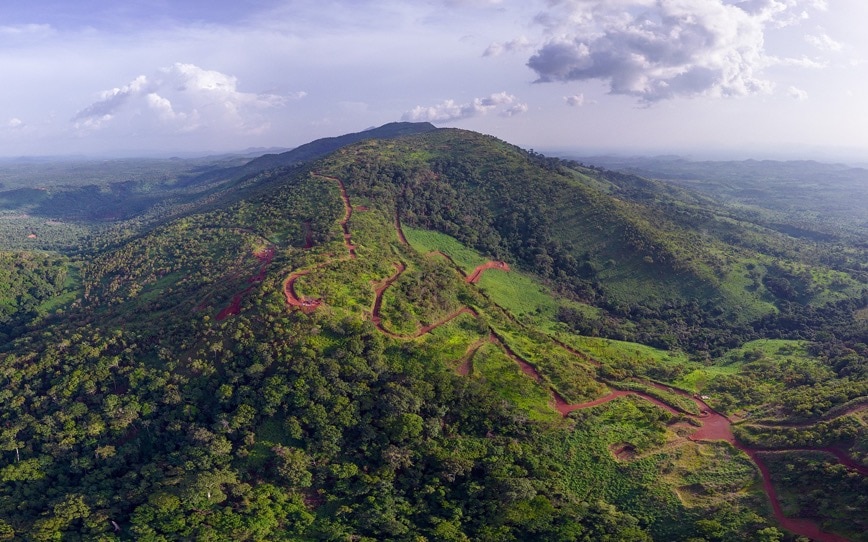Polymer Cement Modified (PCM) is a method of stabilizing both plant mixed virgin materials and stabilization of existing material to achieve a high strength, high flexibility bound material that presents the features of increased constructability, durability and reduced moisture susceptibility.
Current pavement design practices are focused around limiting the Unconfined Compressive Strength (UCS) so as to prevent shrinkage cracking, atypical of a conventional cement treated pavement.
However, given the significant increase in flexibility and reduction in cement content in a Polymer Cement Modified (PCM) treated pavement, this propensity for shrinkage cracking may be discounted and a higher moduli may be adopted in the mechanistic process.
Traditionally, the benefits of cemented gravel directly under thin asphalt or bituminous surfacing are limited by the likelihood of reflective cracking. To reduce this risk, relevant design guides limit typically recommended an upper-bound UCS of 2.0MPa at 28 days curing and a resulting design modulus in the limited between of 600 – 1000MPa – depending on the support of the subsequent layers.
With the movement to the use of Polymer Cement Modified (PCM) technology and the additional flexural strength gained by the cross-linking of the cementitious binder, it is typical to achieve UCS’s in the order of 4 -5MPa. Unlike traditional cemented gravels achieving this stiffness, the additional flexural strength is expected to reduce shrinkage cracking to tolerable levels and may be considered appropriate for use in a base layer.
Aside from the benefits of increased strength, flexibility and constructability, the use of a PCM base layer with increased stiffness can potentially reduce the mechanistically designed thickness given the typical modulus adopted varies between 1000 and 1250 multiplied by the UCS at 28 days curing.
Are environmental regulations, health and safety concerns or potential profit loss a concern right now?
Using this approach, the base moduli design may exceed 5000MPa which, depending on the relative subgrade support and design traffic loading can result in significant savings for pavement materials, excavation effort and handling costs.
It is recognized that the crack reducing potential is dependent on the concentration of GRT’s PCM and that the use of a Stress Alleviating Membrane Interlayer (SAMI) may be desired if an asphalt or spray seal surfacing is to be applied.
For more information on Polymer Cement Modified (PCM) or Global Road Technology please contact us.
MORE INDUSTRY ARTICLES
April 19, 2024
LNG: What is it, and why does it Matter?
April 17, 2024
Team Rio Locks In $23 Billion for Simandou
MORE INDUSTRY ARTICLES
April 19, 2024
LNG: What is it, and why does it Matter?
April 17, 2024

